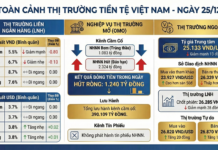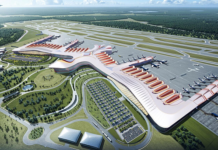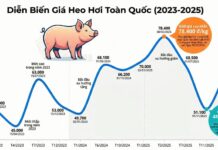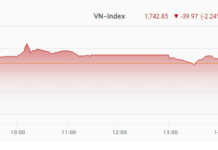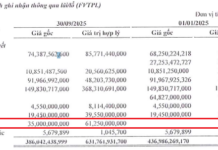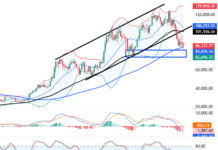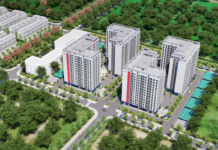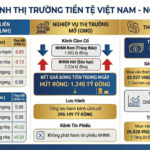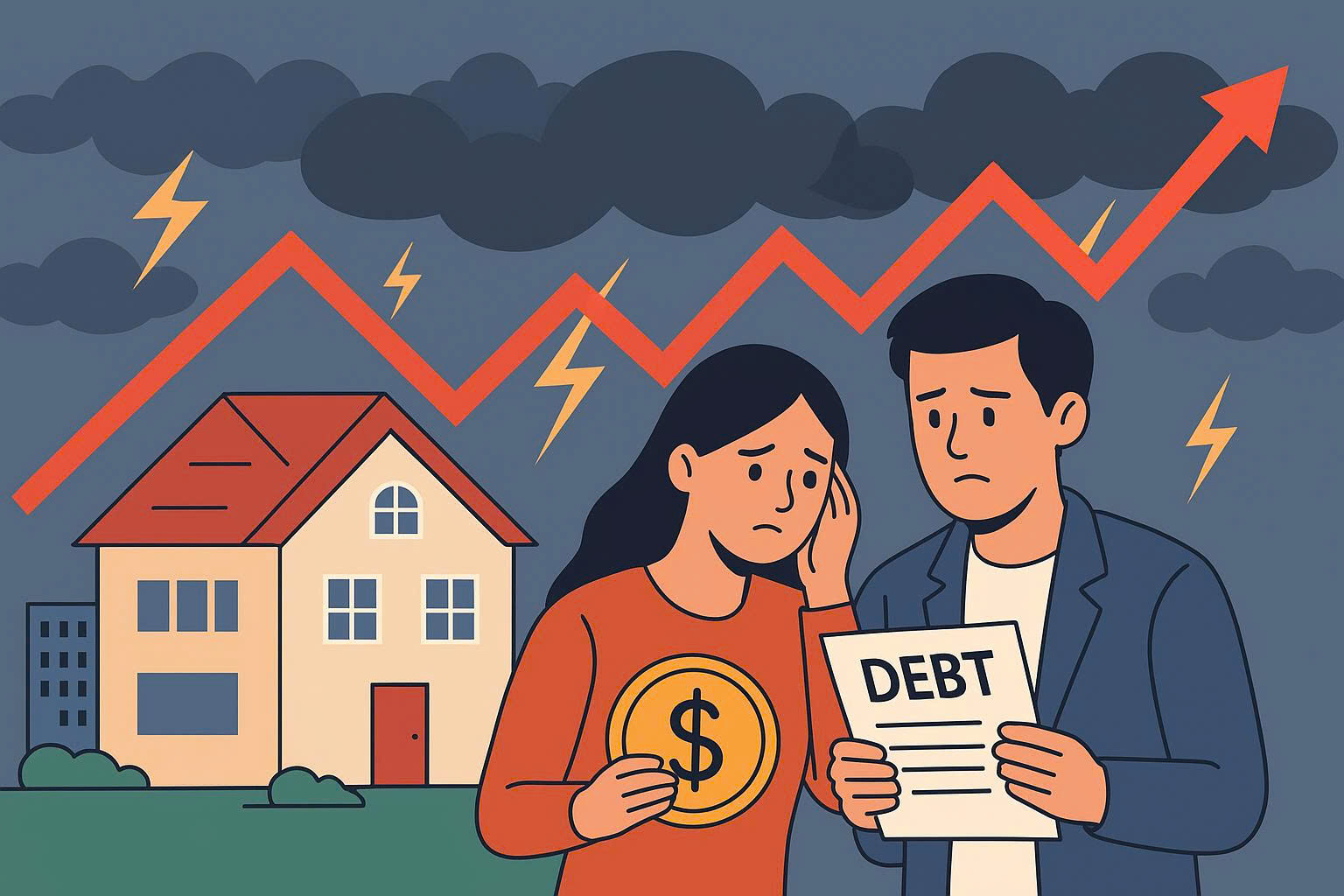
Vietnam’s real estate market has experienced a decade of almost uninterrupted growth, despite periods of market stagnation. In Hanoi, prices for mid-range apartments currently range from 50 to 70 million VND per square meter, while luxury properties typically start at 100 to 200 million VND per square meter. In Ho Chi Minh City, many projects in the city center have surpassed the 150 million VND per square meter mark, a figure far beyond the average income of its residents.
According to market research units, in just five years, average housing prices have increased by 30-50%, while workers’ incomes have only grown by 8-10% annually.
As a consequence, the “house price-income” ratio in major cities has reached 18-20 times, three to four times higher than the globally recognized reasonable range of 5-7 times. Even social housing, which was expected to be a lifeline for low-income earners, is in short supply.
In the context of escalating prices, many buyers fall into a familiar psychological trap. Some rush to make purchases out of fear of missing out, despite taking on loans that far exceed their repayment capabilities. Others speculate on short-term gains, treating real estate as an investment tool without considering the cyclical nature of the market and the ever-present liquidity risks.
In reality, numerous small investors have found themselves stuck during the 2011-2013 period or the 2022 correction, when selling prices stagnated or decreased while bank interest rates soared, putting them in a difficult position.
To avoid falling into this vortex, buyers need to approach their purchases intelligently and sustainably. This involves not only budgeting and choosing suitable locations but also formulating a clear home-buying strategy with defined steps:
First, identify your personal needs. Buyers should establish their goals from the outset: are they buying to live in or as an investment? Do they prioritize a central location or spacious living? Clarity in needs will help prevent wastefulness and minimize risks.
Second, create a long-term financial plan. The general rule of thumb is to keep loan payments below 40% of monthly income and maintain a safe debt-to-income ratio of 30-35% to avoid perpetual debt. It’s also wise to have an emergency fund to cope with unforeseen events such as job loss or rising interest rates.
Third, take advantage of flexible loan policies. Many banks now offer attractive credit products. For instance, domestic banks provide home loan packages with terms up to 50 years, interest rates from 4.5% annually, and loan-to-value ratios of up to 90%. This solution helps alleviate short-term repayment pressure and is well-suited for young entrepreneurs starting their careers.
Loan packages with fixed interest rates for the first 2-3 years are also a safe choice, providing stability against fluctuating interest rates. Instead of following trends, buyers should focus on their actual needs, prioritizing construction quality, infrastructure connectivity, and living amenities. An affordable apartment that ensures a stable living environment over the long term will hold far more value than a short-term speculative investment.
Fourth, thoroughly review the legal aspects. In reality, many individuals have lost both money and reputation by investing in projects with incomplete legal documentation or those that conflict with planning laws. Therefore, due diligence in verifying project dossiers, legal documents, and the reputation of the developer is non-negotiable. If necessary, engage the support of legal professionals or experts in the field.
Fifth, choose a reasonable location. Instead of rushing into the city center with exorbitant prices, many young families are now considering satellite areas. Locations such as Dong Anh, Gia Lam, and Hoai Duc in Hanoi, or Binh Duong, Dong Nai, and Long An in Ho Chi Minh City, offer prices 20-40% lower than the city center but with rapidly developing infrastructure and great potential.
Sixth, be patient and monitor the market. The real estate market is cyclical, and instead of buying during a “hot wave,” buyers should observe and wait for new supportive policies or promotional offers from developers. Patience can save you hundreds of millions of VND.
Economic experts unanimously agree that during periods of soaring prices, the golden rule for homebuyers is financial risk management. Over-indebtedness should be avoided, and the focus should be on the practical value of the apartment. A home should primarily serve the need for shelter, with potential price appreciation being a secondary consideration.
In summary, in the context of escalating real estate prices, the dream of homeownership is not entirely out of reach. With a smart strategy that defines needs, tight financial management, flexible loan utilization, legal diligence, and sensible location choices, individuals can get closer to their goal of owning a home. More importantly, making intelligent buying decisions during this phase is not just a financial choice but also a way to safeguard the stability and quality of life for the entire family.
The Evolving Property Market: “Prices Creep Up as Infrastructure Develops, Apartment Transactions in This Area Heat Up”
The housing supply in Ho Chi Minh City has significantly increased following the merger; however, buyers are increasingly challenged to find reasonably priced homes (around 50 million VND per square meter). Notably, real estate surrounding key infrastructure projects, such as National Highway 13, Ring Road 3, and the metro system, is expected to witness substantial price hikes in the upcoming period.
The Luxe Life in Ciputra: When Heavy Rains Turn the Affluent Neighborhood into a “Fishermen’s Village”
The heavy rainfall from the night of the 25th to the morning of the 26th of August caused widespread flooding in the Nam Thang Long – Ciputra urban area in Tay Ho, Hanoi. Despite the efforts to clear the water, many areas remained inundated, posing challenges to residents and highlighting the need for improved drainage systems in the area.
Professor Dang Hung Vo: Rising House Prices are Mostly “Illusory”, Many Want to Sell but Can’t!
“Renowned economist, Prof. Dang Hung Vo, offers a thought-provoking insight into the current state of the property market. He asserts that the recent surge in housing prices is largely a ‘phantom’ or ‘speculative’ increase, devoid of any fundamental or intrinsic value. This anomaly, where prices soar while transaction volumes plummet, contradicts the very essence of market dynamics and principles.”







